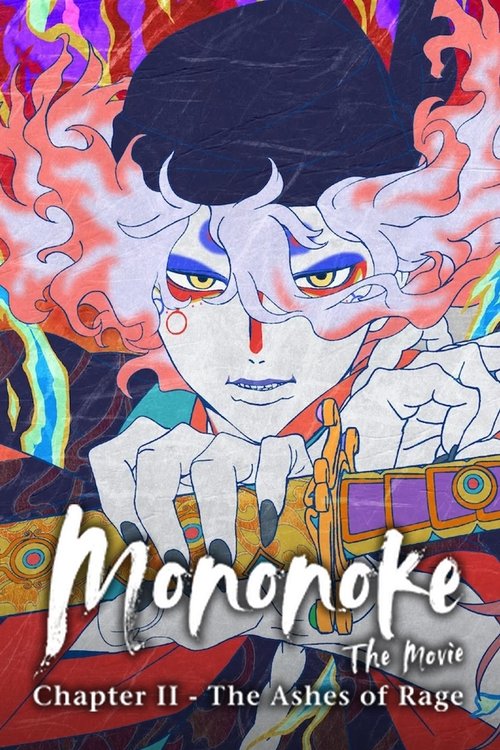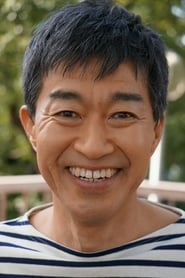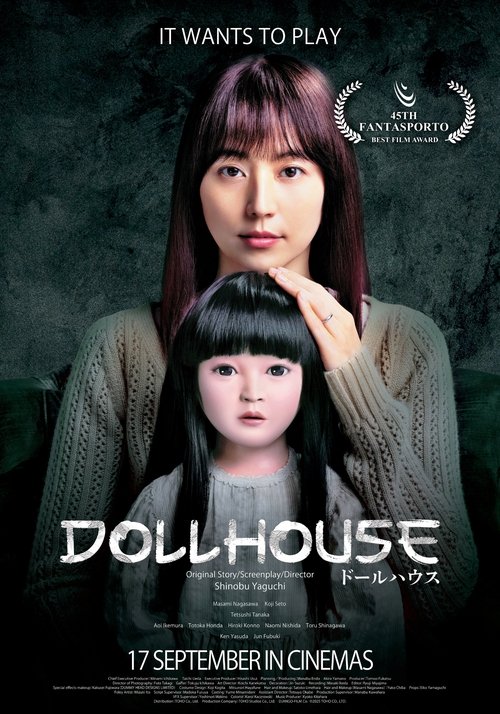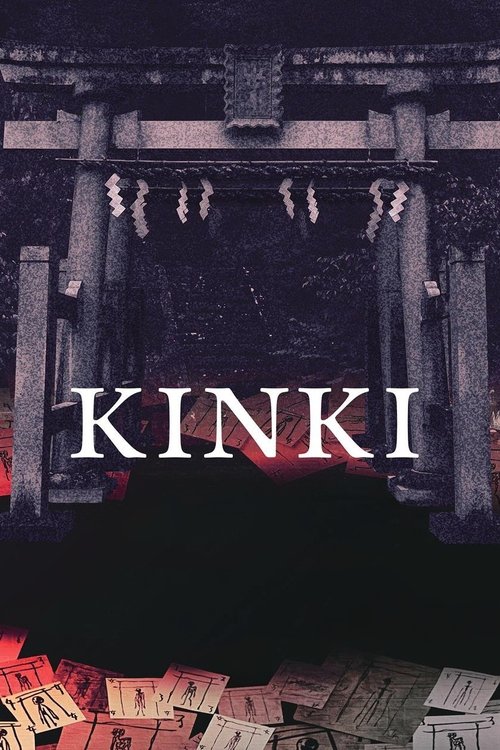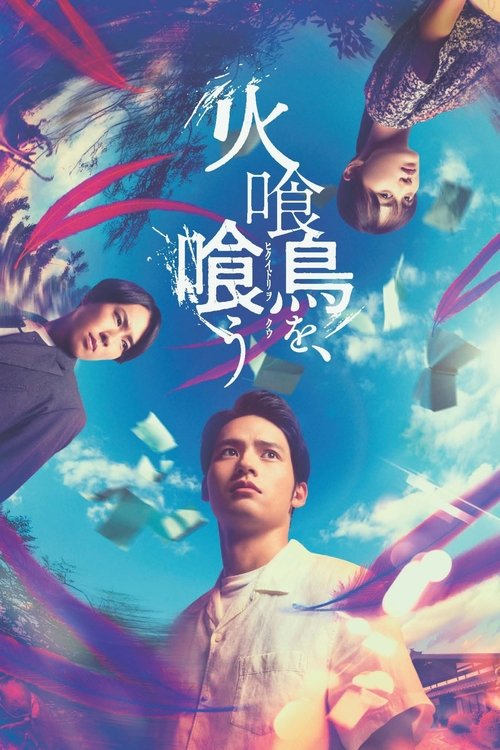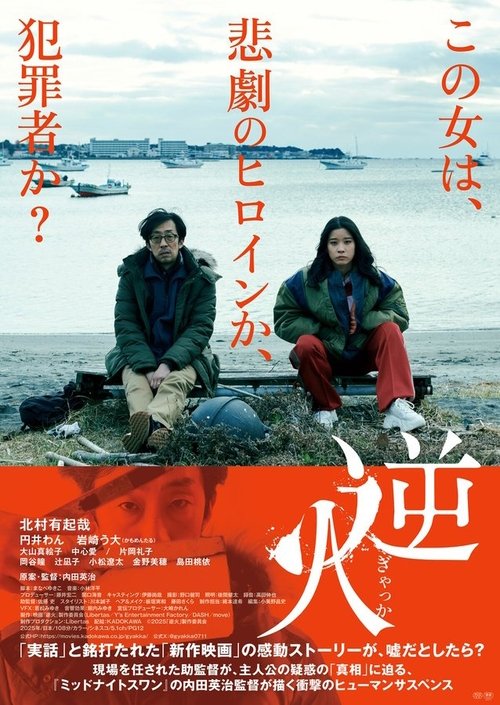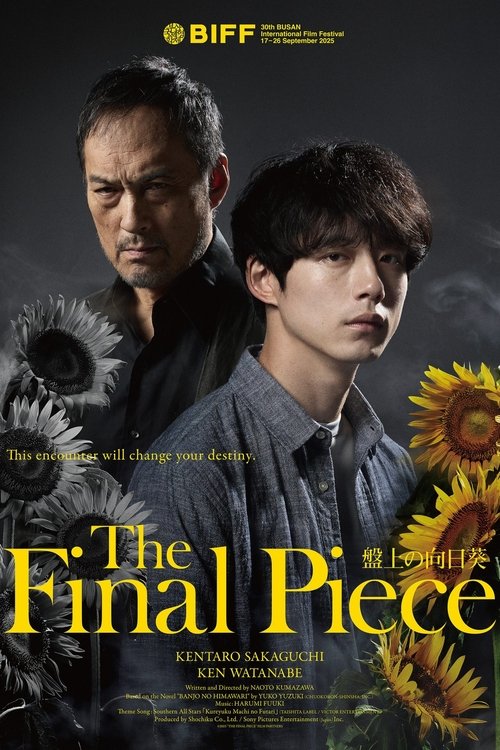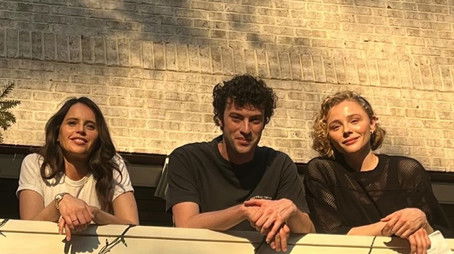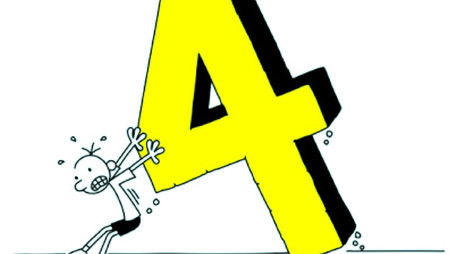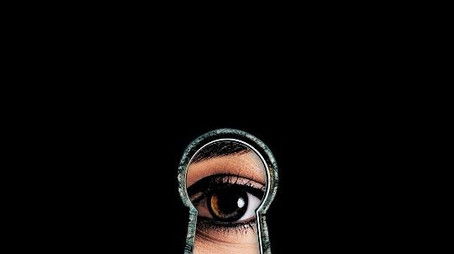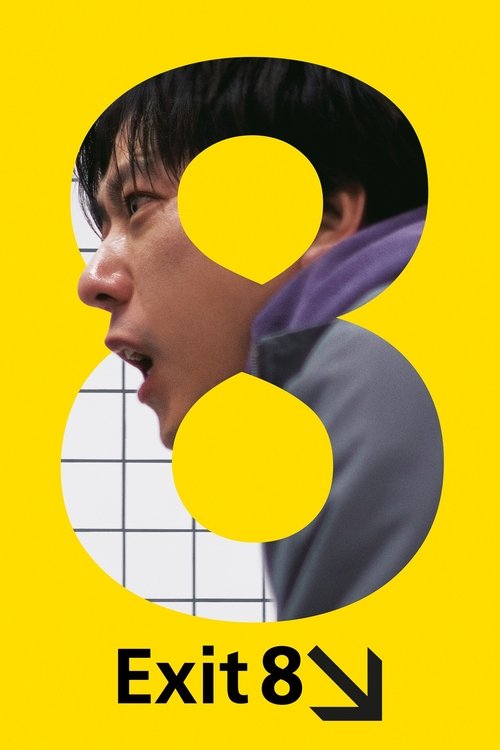
Ask Your Own Question
What is the plot?
Mononoke the Movie: The Ashes of Rage opens one month after the tumultuous events at the Inner Chambers, the imperial harem of Edo Castle. The Medicine Seller returns to the palace, where Lady Botan has recently ascended to the highest managerial position within the Ooku, the women's quarters. Botan, trained from childhood for this role, strives to restore order and discipline after the chaos left by her corrupt predecessor's violent demise. The lower-ranking concubines' daily lives show signs of improvement under her stewardship, but the upper echelon remains embroiled in bitter rivalry, each woman scheming to bear the Emperor's heir and secure her status.
Amid this tense atmosphere, a new figure disrupts the fragile balance: Lady Fuki, a striking and unrefined woman from the countryside with no noble lineage or formal education. Fuki's sudden rise to the Emperor's favor defies the strict traditions of the Ooku, which dictate that the Emperor must spend each night with a different concubine to maximize the chance of producing an heir. Unlike the other women, Fuki brazenly flaunts this rule, basking in the Emperor's exclusive attention and openly challenging the established order. Her presence ignites jealousy and resentment among the concubines, especially from Botan, who views Fuki's disregard for protocol as a threat to the delicate political equilibrium.
Tensions escalate when rumors spread that Fuki is pregnant, a claim that sends shockwaves through the Ooku. The news fans the flames of envy and suspicion, fracturing alliances and deepening rivalries. Suddenly, a series of inexplicable and horrifying incidents begin to plague the harem: several concubines spontaneously combust, their bodies consumed by mysterious flames. These fiery deaths are attributed to a malevolent mononoke spirit known as the "Fire Rat's Children," a supernatural entity born from the collective rage and jealousy festering within the palace walls.
The Medicine Seller, renowned for his expertise in identifying and exorcising mononoke, is summoned to investigate the deadly phenomenon. He understands that to defeat the spirit, he must uncover its "Shape," "Truth," and "Reason"--the form it takes, the underlying facts of its existence, and the motive driving its wrath. As he delves deeper into the palace's intrigues, he uncovers a web of deceit, betrayal, and suppressed emotions among the concubines and courtiers.
The political intrigue intensifies as Botan attempts to enforce order and uphold tradition, clashing repeatedly with Fuki, whose defiance and growing influence threaten to unravel the Ooku's hierarchy. Meanwhile, other concubines engage in covert machinations, seeking to exploit the chaos for their own gain. The Emperor, distracted by his obsession with Fuki, remains oblivious to the mounting danger.
The Medicine Seller's investigation reveals that the Fire Rat's Children mononoke is not a singular entity but a manifestation of the collective bitterness and rage of the women consumed by jealousy and despair. Each spontaneous combustion is a physical eruption of this spiritual fury, punishing those who harbor destructive emotions. The mononoke's flames spread relentlessly, engulfing the palace in a literal and figurative inferno.
Several key characters meet violent ends during the escalating conflict. One notable death occurs when a high-ranking concubine, driven mad by paranoia and fear, attacks another in a desperate bid for survival but is herself consumed by the mononoke's flames. The Medicine Seller confronts the spirit in a climactic battle within the burning halls of the Ooku, wielding his demon-slaying blade with precision and resolve. Through his keen deductive skills and spiritual insight, he exposes the mononoke's true nature and the emotional wounds that fuel it.
In the final confrontation, the Medicine Seller persuades the surviving women to confront their own resentments and fears, breaking the cycle of hatred that sustains the Fire Rat's Children. As the flames subside, the palace lies in ruins, but a fragile peace is restored. Botan, though scarred by the ordeal, emerges as a stronger leader, committed to rebuilding the Ooku with renewed wisdom and compassion. Fuki's fate remains ambiguous; some accounts suggest she disappears amidst the chaos, while others imply she may have perished in the fire, her rebellious spirit extinguished.
The film closes with the Medicine Seller departing the palace once more, his mission complete but the shadows of human emotion lingering. The Ooku's future remains uncertain, but the ashes of rage have been quelled, at least for now.
This narrative weaves together the supernatural horror of the mononoke with the intricate political and emotional dynamics of the Edo-era harem, delivering a story rich in atmosphere, psychological depth, and tragic beauty. The animation's unique blend of psychedelic colors and traditional aesthetics enhances the haunting mood, while the soundtrack fuses classical instruments with modern beats, underscoring the tension between old customs and disruptive change. Mononoke the Movie: The Ashes of Rage stands as a compelling continuation of the Mononoke trilogy, deepening the exploration of human passions and the spirits they awaken.
What is the ending?
At the end of Mononoke the Movie: The Ashes of Rage (2025), the Medicine Seller successfully confronts and exorcises the raging spirit born from jealousy and turmoil within the Edo harem, restoring fragile peace. Lady Botan, who has risen to lead the Ooku, faces the consequences of the conflict, while Lady Fuki's fate is sealed by the collapse of her disruptive influence. The film closes with the Medicine Seller departing, leaving the women of the harem to rebuild amid the ashes of their rage.
The ending unfolds in a detailed, scene-by-scene narrative:
The final act begins with the Edo harem in deep unrest. Lady Botan, now the highest authority in the Inner Chambers, struggles to maintain order after the upheaval caused by the murder of the previous leader. The atmosphere is tense, as Lady Fuki, a concubine of low birth who has captured the Emperor's favor, openly defies the strict traditions of the Ooku. Her rumored pregnancy fans the flames of jealousy and resentment among the other women, threatening to ignite a supernatural conflagration.
As the tension escalates, a violent spirit--born from the collective rage and envy of the harem's inhabitants--manifests, wreaking havoc within the palace walls. The spirit's destructive force symbolizes the deep fractures in the social order and the emotional turmoil of the women caught in the power struggle.
Just as the situation reaches a critical point, the Medicine Seller returns to the palace. His presence is calm but resolute. He investigates the source of the spirit's rage, using his keen deductive skills and spiritual knowledge. The Medicine Seller confronts the spirit in a climactic encounter, wielding his demon-slaying blade with precision. Through a combination of ritual and combat, he exorcises the spirit, dissipating the destructive energy that had threatened to consume the harem.
In the aftermath, Lady Botan is left to face the consequences of the conflict. Her leadership is tested, but she remains determined to restore order and uphold the traditions of the Ooku. Lady Fuki, whose challenge to the established order sparked much of the chaos, is marginalized as her influence collapses with the spirit's defeat.
The film closes with the Medicine Seller quietly departing the palace, his mission complete. The women of the harem are left to rebuild their lives and relationships amid the symbolic ashes of their rage, suggesting a fragile hope for renewal despite the scars left by jealousy and conflict.
The fates of the main characters at the end are:
- The Medicine Seller: Leaves the palace after successfully exorcising the spirit, continuing his journey.
- Lady Botan: Remains in her position as the leader of the Ooku, burdened but resolute.
- Lady Fuki: Loses favor and influence, her challenge to tradition effectively ended.
- The Emperor: Remains somewhat passive, his favor shifting but his role overshadowed by the women's conflicts.
This detailed ending highlights the interplay of personal ambition, tradition, and supernatural forces within the confined world of the Edo harem, culminating in a resolution that is both literal and symbolic.
Is there a post-credit scene?
There is no information in the available search results indicating that Mononoke the Movie: The Ashes of Rage (2025) has a post-credit scene. The sources describe the film's plot, themes, release details, and ending scenes but do not mention any post-credit or after-credits scenes.
If a post-credit scene exists, it has not been documented or highlighted in reviews, official summaries, or fan discussions as of now.
What role does Lady Botan play in the power dynamics within the Ooku in Mononoke the Movie: The Ashes of Rage?
Lady Botan has been promoted to the highest position in the Inner Chambers, managing the Ooku after the murder of her corrupt predecessor. She works to reestablish order but faces challenges from Lady Fuki, who disrupts tradition by gaining the Emperor's favor and ignoring the Ooku's rules, creating tension and conflict within the palace.
How does Lady Fuki's presence affect the traditional rules of the Ooku and the relationships among the women?
Lady Fuki, a rural outsider without education or standing, captures the Emperor's attention and disregards the fundamental Ooku rule that the Emperor must spend each night with a different partner to maximize the chance of producing an heir. Her favored status sparks jealousy and resentment among the women, threatening to ignite a destructive conflict within the Ooku.
What is the significance of the rumors about Lady Fuki's pregnancy in the story?
Rumors of Lady Fuki's pregnancy spread through the Ooku, intensifying jealousy and resentment among the women. This escalating tension threatens to cause a violent and destructive upheaval, described as an 'evil conflagration' that could consume the women's world in flames and ashes.
What role does the Medicine Seller play in the unfolding events at the Ooku?
The Medicine Seller returns to the palace just in time to prevent the impending disaster caused by the jealousy and supernatural threats within the Ooku. Using his keen deductive skills and demon-slaying blade, he investigates the mysterious and violent spirit that emerges amid the family conflicts and jealousy.
What supernatural elements are involved in the conflict within the Ooku in The Ashes of Rage?
A violent spirit or mononoke arises as a result of the family conflicts and jealousy in the Ooku. This supernatural threat is central to the plot, with the Medicine Seller tasked with uncovering its nature and containing it before it consumes the palace in flames.
Is this family friendly?
The movie Mononoke the Movie: The Ashes of Rage (2025) is rated TV-MA, indicating it is intended for mature audiences and is not family-friendly for children. It contains themes and scenes that may be upsetting or objectionable for sensitive viewers or younger audiences.
Potentially upsetting aspects include:
- Violence and supernatural horror elements, including demon-slaying and the manifestation of violent spirits.
- Psychological intensity involving jealousy, family feuds, and inner turmoil within a historical Edo-period harem setting.
- Dark and mature themes such as corruption, power struggles, and emotional rage.
- The film's visual style is intense and psychedelic, with explosive colors and dynamic movements that might overwhelm sensitive viewers.
- Some scenes may involve emotional distress related to jealousy, resentment, and conflict among women in the palace.
Overall, the film is a visually stunning but mature and psychologically complex work that is best suited for adult viewers rather than children or those sensitive to intense emotional or supernatural content.

